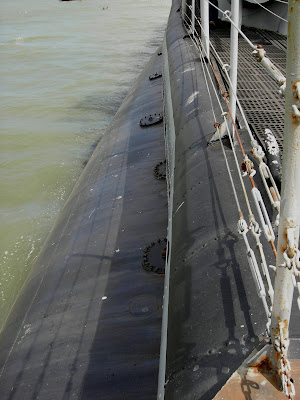 |
| WWII Submarine Pampanito (Liberty Ship in background) |
 |
| Submarine Pampanito |
 |
| Forward Torpedo Room |
 |
| Lombard Street between Hyde & Jones |
 |
| Negotiating Steep Lombard Street |
 |
| Cars and Pedestrians at Lombard Street |
 |
| Traffic Down Lombard Street |
 |
| WWII Submarine Pampanito (Liberty Ship in background) |
 |
| Submarine Pampanito |
 |
| Forward Torpedo Room |
 |
| Lombard Street between Hyde & Jones |
 |
| Negotiating Steep Lombard Street |
 |
| Cars and Pedestrians at Lombard Street |
 |
| Traffic Down Lombard Street |
No comments:
Post a Comment